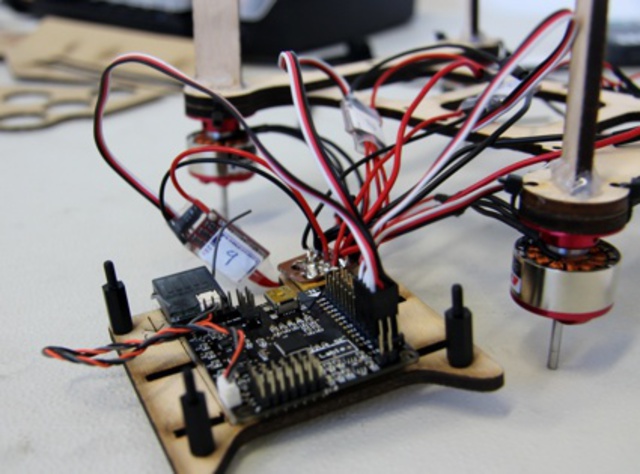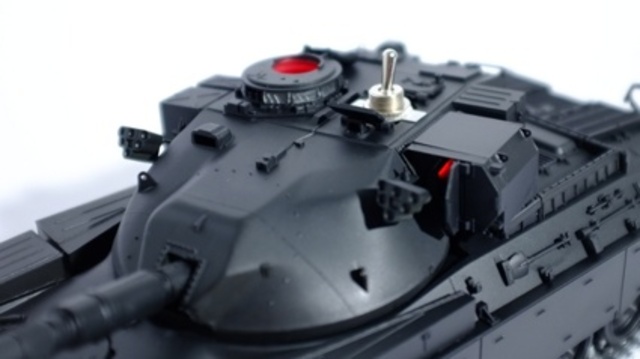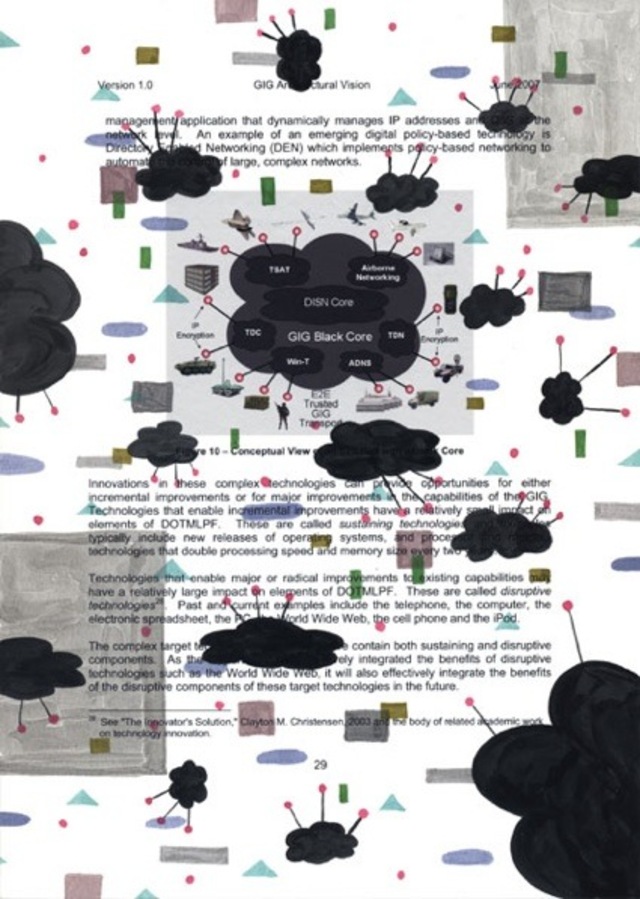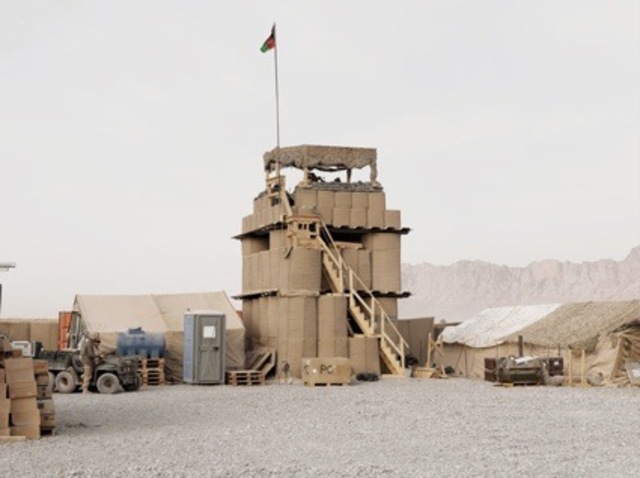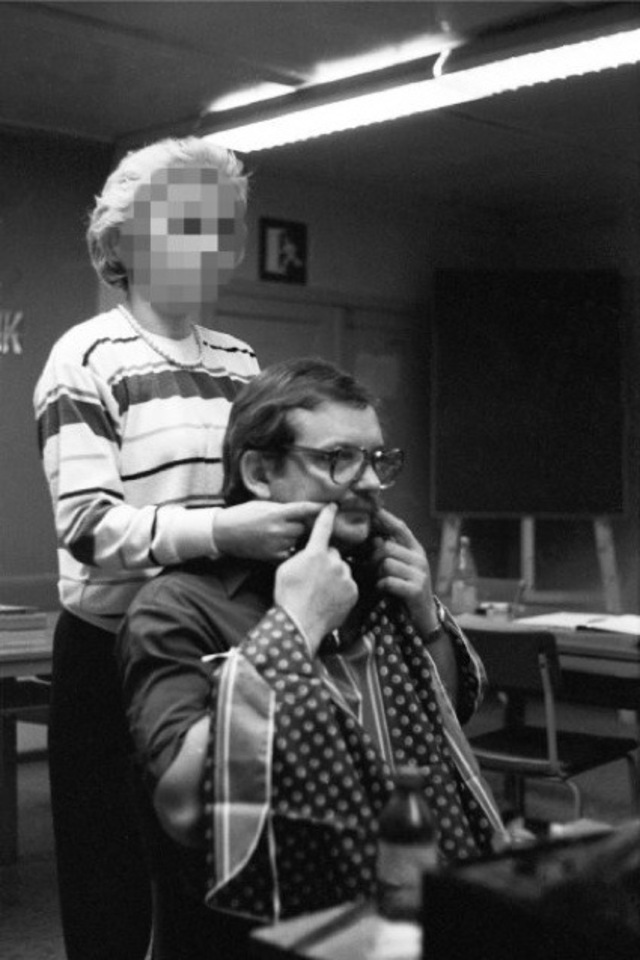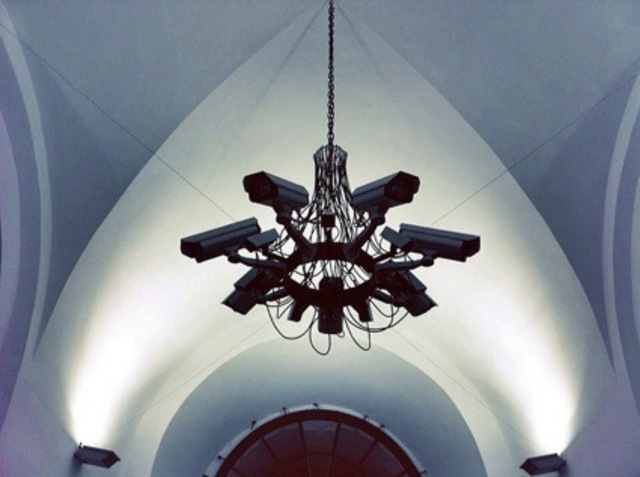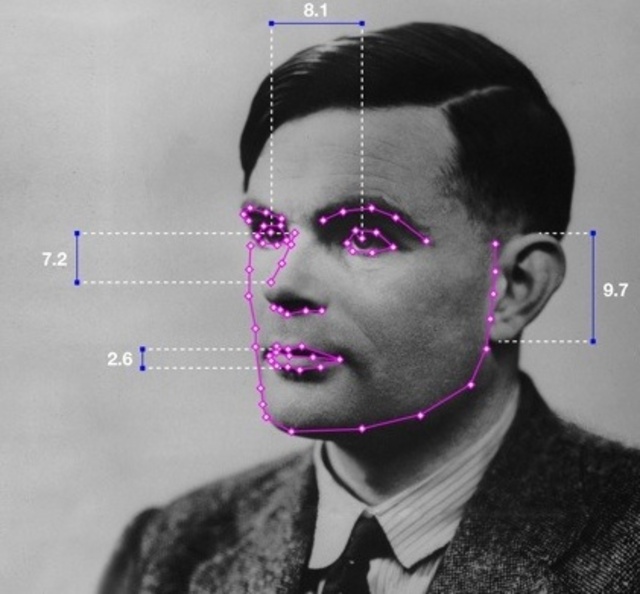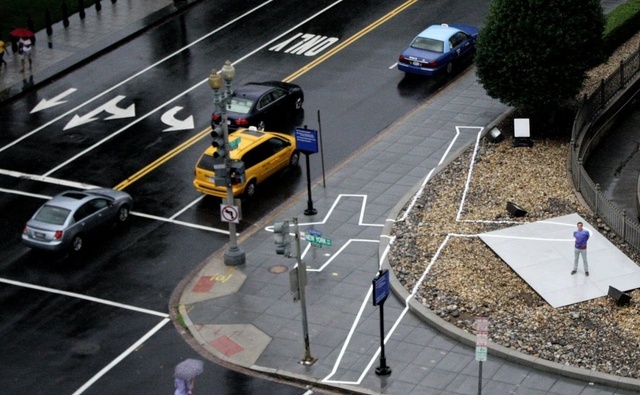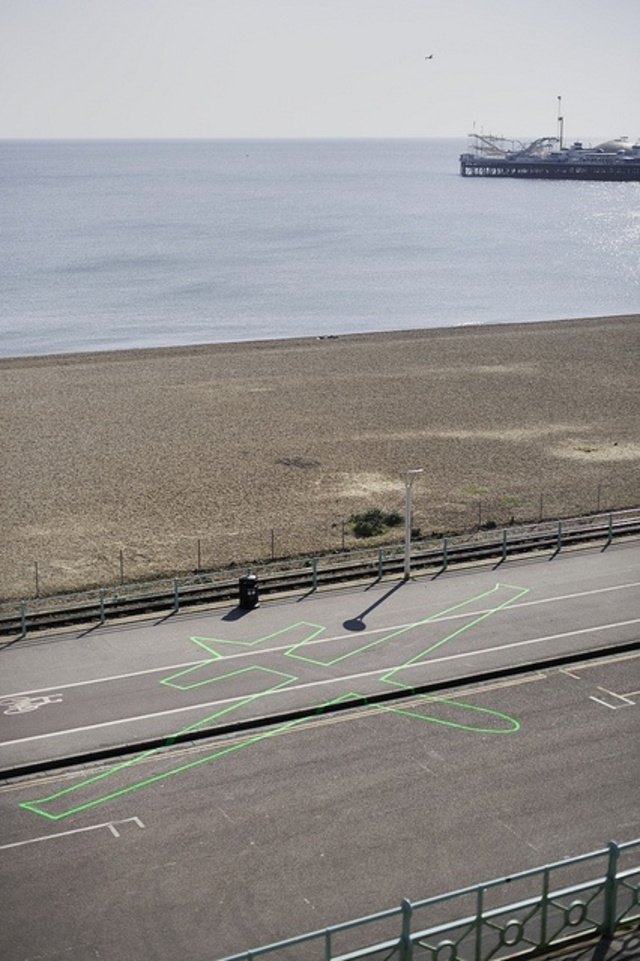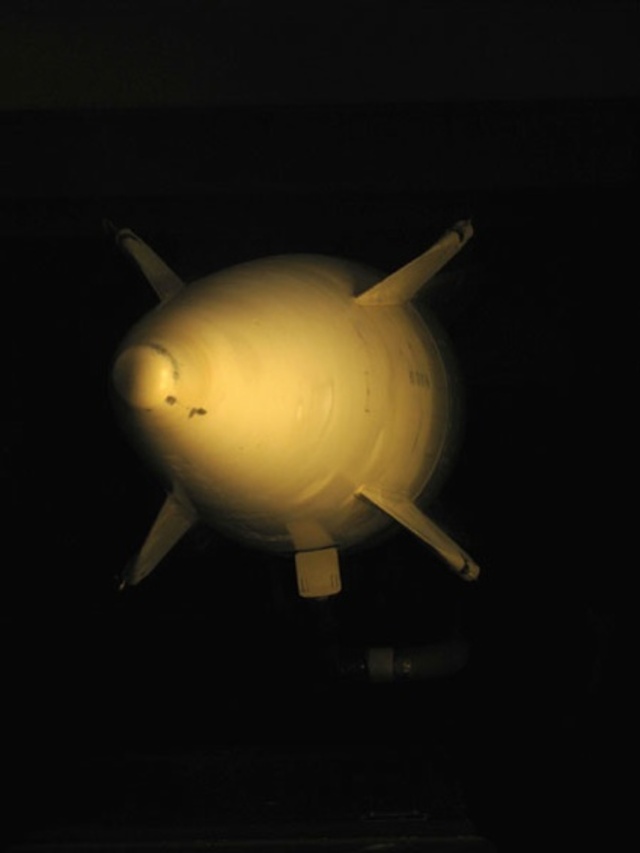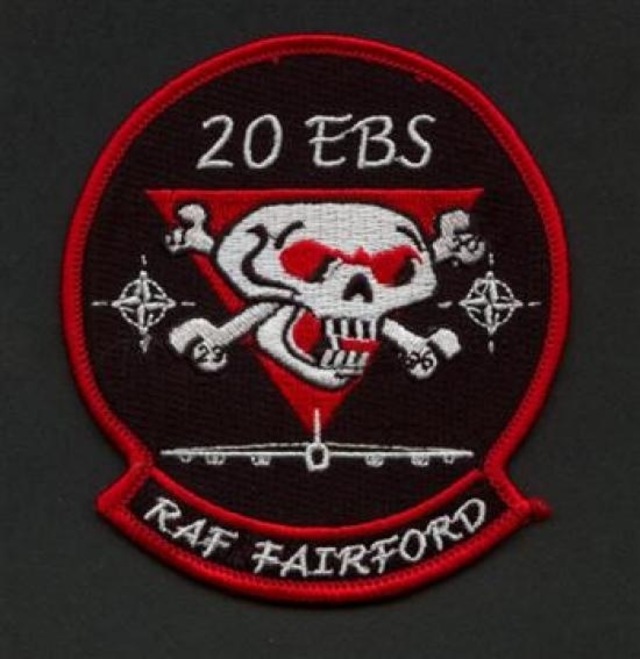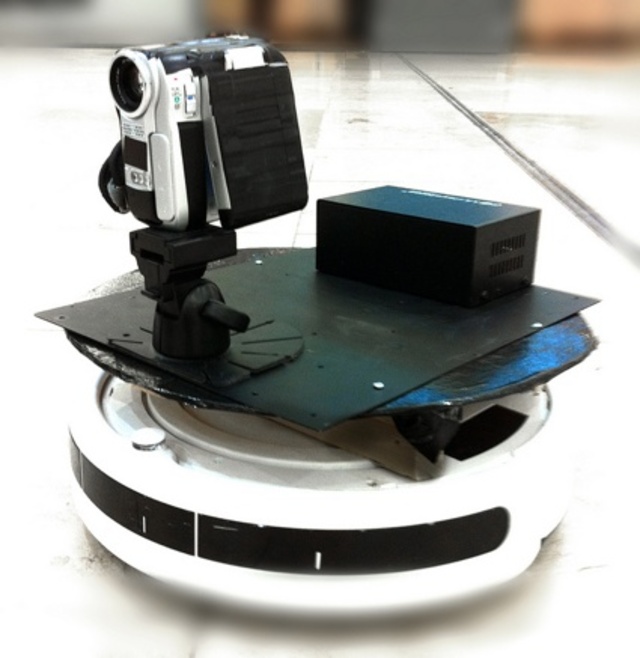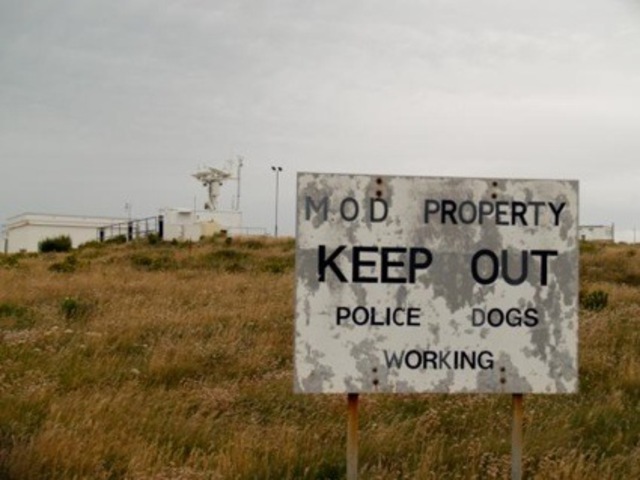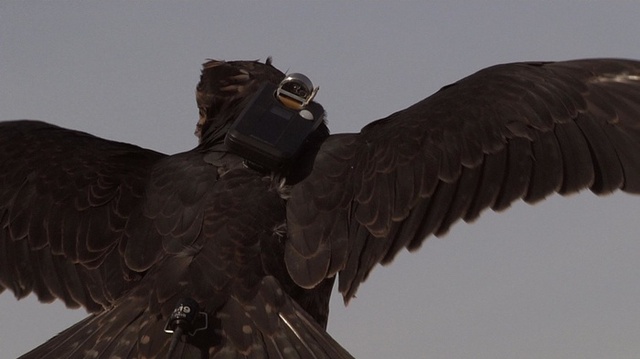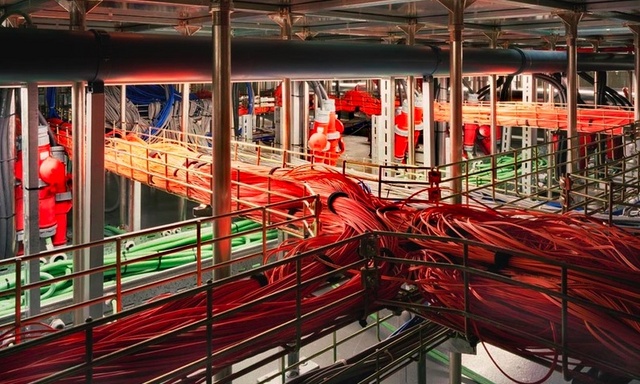Apr
26
Black Diamond. The internet is full of loopholes and leaks
Posted in: Uncategorized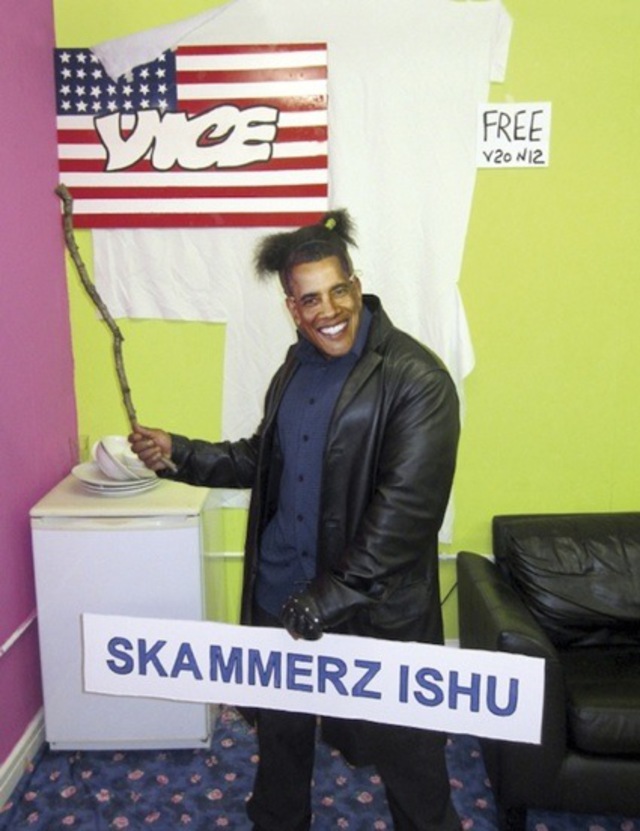
The work of Mishka Henner might evoke the one of Edward Burtynsky, Trevor Paglen, Omer Fast, Michael Wolf and Jon Rafman. Yet, comparing his work to the one of some of the artists i admire the most is pointless. Henner is his own man slash artist. He uses contemporary technology to give a new twist on artistic appropriation and redefines the role of the photographer, the meaning of the photography medium and the representation of the landscape. Without ever using a photo camera continue


